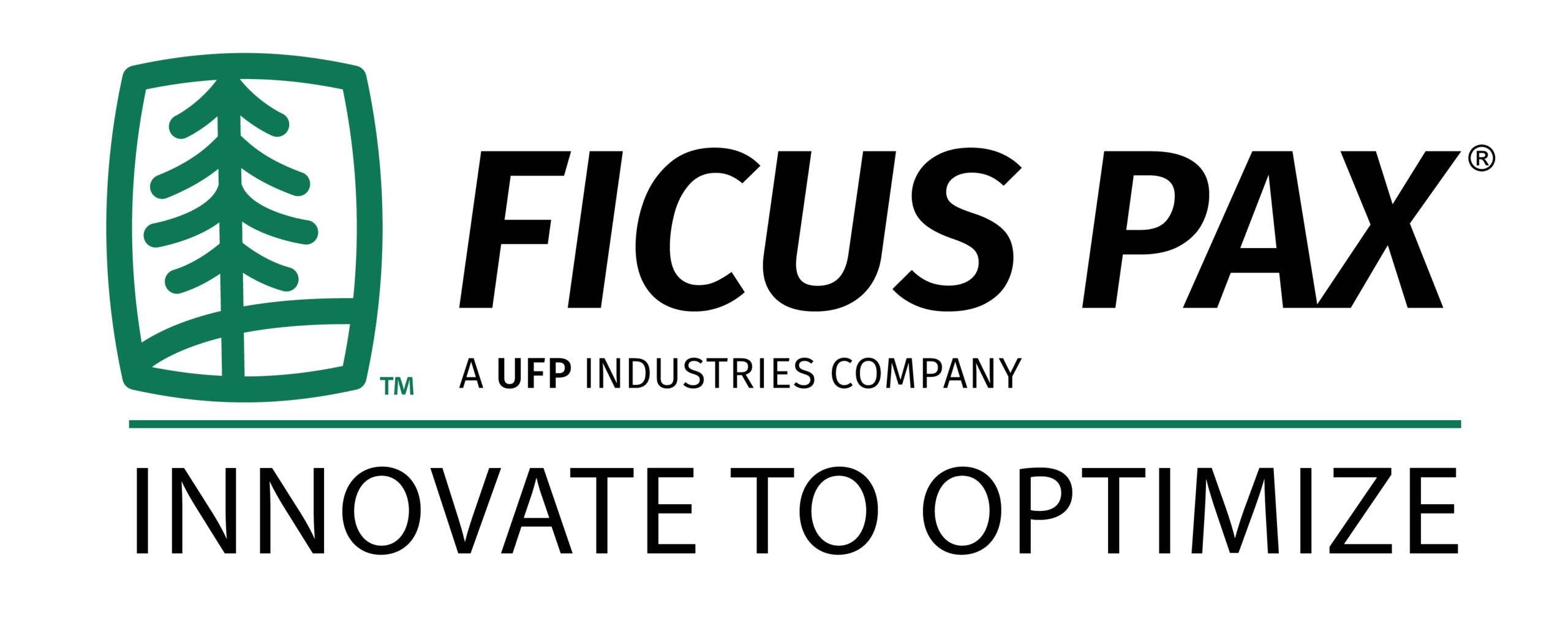After a heavy shift to online retail, an increase in consumers, pent-up demand, and savings, a huge opportunity for supply chains was created.
Following a very turbulent 2020, global supply networks have in some ways been able to get back on course. However, a number of supply chain issues persisted into 2021 and made things more difficult for both large and small eCommerce shops. In 2021, significant weather events, and industrial delays were among the most frequent supply chain problems (including hurricanes, tornadoes, wildfires, and more). Additionally, there were a lot of other factors to deal with, including new COVID variations, and factories downsizing and shutting down.
Many retailers found innovative solutions to maintain their revenue flow and to keep their customers satisfied while having to deal with so many natural phenomena and external variables. Some companies switched to backorder sales, while others decided to work with domestic vendors rather than overseas ones. The problems with the supply chain were not resolved by these reforms, but they did provide brands with more negotiating power and enabled them to profit during a challenging (and frequently unpredictable) retail year.
Getting lean, selling through inventory, and concentrating on working capital is probably how businesses survived the events of last year. The supply chain crisis has undoubtedly been overwhelming and ever-changing. With severe stock shortages, slow fulfillment of deliveries, and a long list of backorders, suppliers, and manufacturers from all over the world have primarily been put to the test. These difficulties are generally brought on by rising consumer spending, a continued preference for online shopping’s convenience, and the need to make up for bottlenecks from the previous year.
Challenges:
Being a major barrier, the COVID-19 pandemic and its challenges have reduced the productivity and profitability in this field, but despite this, a few of the biggest supply chain challenges are listed below:
Scarce Material
Due to a sudden increase in consumer demand unlike anything before, there has been concern about insufficient inputs ever since the pandemic started. Even now, with the supply of many parts and materials being limited, merchants and suppliers are having difficulty meeting this demand.
A brand’s capacity to maintain its growth in light of these limited inputs is heavily reliant on its working capital to get through these tough times and work its way up for its peak seasons.
Hike in freight prices
Unlike the earlier predictions, container shipping has become significantly more necessary throughout the pandemic. Global lockdown measures have led to a spike in online purchases, which has increased demand for imported raw materials and finished consumer items. With this demand being so much higher than expected, there was quite a shortage of empty or available containers as well as inadequate shipping capacity to meet it. This shortage has been the root cause of the hike in price.
Demand Forecasting has gotten tougher
In the midst of a worldwide pandemic, demand forecasting has raised the bar for supply chain management at many businesses. For a large number of retailers and suppliers of consumer goods/services, the start of COVID-19 virtually destroyed the projections, leaving them stranded, without any idea of how to move forward with inventory as well as production.
From attempting to enhance client demand using data and research to having to depend on intuition rather than data-driven analysis, supply chain managers are urged to set aside their bias to seek out fresh data for new forecasts.
Changes in consumer behavior
The pandemic has significantly altered consumer attitudes and habits, lowering the bar for delivery times and boosting the standards for a satisfying customer experience.
The biggest challenge is in building a flexible supply chain that can use automation to maximize fulfillment and easily meet increased demand. Inventory management software and multichannel order fulfillment services are two great examples of this supply chain flexibility.
Technological Transformations
Digital transformation and IoT may be a mixed message for supply chain operations. New technology like AI, drones, electric cars, and on-demand delivery, have the potential to improve how we approach the conventional supply chain.
The difficulty is in deploying these services throughout a company’s current supply chain activities, keeping in mind the long-term goal is to make e-commerce procedures more efficient and cost-effective. Implementing these technologies requires effort and organizational reconfiguration, especially when dealing with several warehouses. However, if supply networks are to remain competitive, they too must learn to adapt and evolve.
How to change these ‘Challenges’ to ‘Opportunities’?
The pandemic has definitely created certain supply chain difficulties that online businesses are still working to overcome. On a positive note, there are several approaches to help solve these problems. Although there is no one perfect solution, integrating a few different approaches can provide a good result.
Broaden your supply horizon
Increase the avenues of your sources, potentially even geographically, to benefit your supply chain. Building different supplier partnerships make it simpler to be more diverse and take advantage of a market that is continuously changing.
Freight Forwards are the way to go
Managing and tracking your products can be done easily by collaborating with one or more freight. While freight forwarding businesses are in charge of the transportation of goods, they may also organize the whole process by bargaining for the best deal and quickest routes for your products. This also gives retailers access to the freight forwarders’ extensive supply chain knowledge. Additionally, by combining the shipments of smaller shops, freight forwarders are able to engage in large-scale negotiations.
Change your method of demand forecasting
Using automation to compute data is always the greatest method to enhance forecasting. To avoid inventory shortages, e-commerce companies always attempt to strike a balance between their inventory levels, storage expenses, and client demand.
Using cash on hand, forecasting tools, and automatic inventory notifications, retailers can confidently restock based on expected product demand or previous sales. Prioritizing forecasts can also streamline inventory counts and cut back on unnecessary overhead costs.
Choosing the right supply chain along with finding the right solution to your supply chain challenges and making them opportunities is extremely imperative. Besides the challenges and opportunities listed above, there can be so many more obstacles that stand in the way.
At Ficus Pax, we integrate multiple solutions to help improve your supply chain.
Get in touch with us at Ficus Pax for more information about the packaging solutions we offer.














